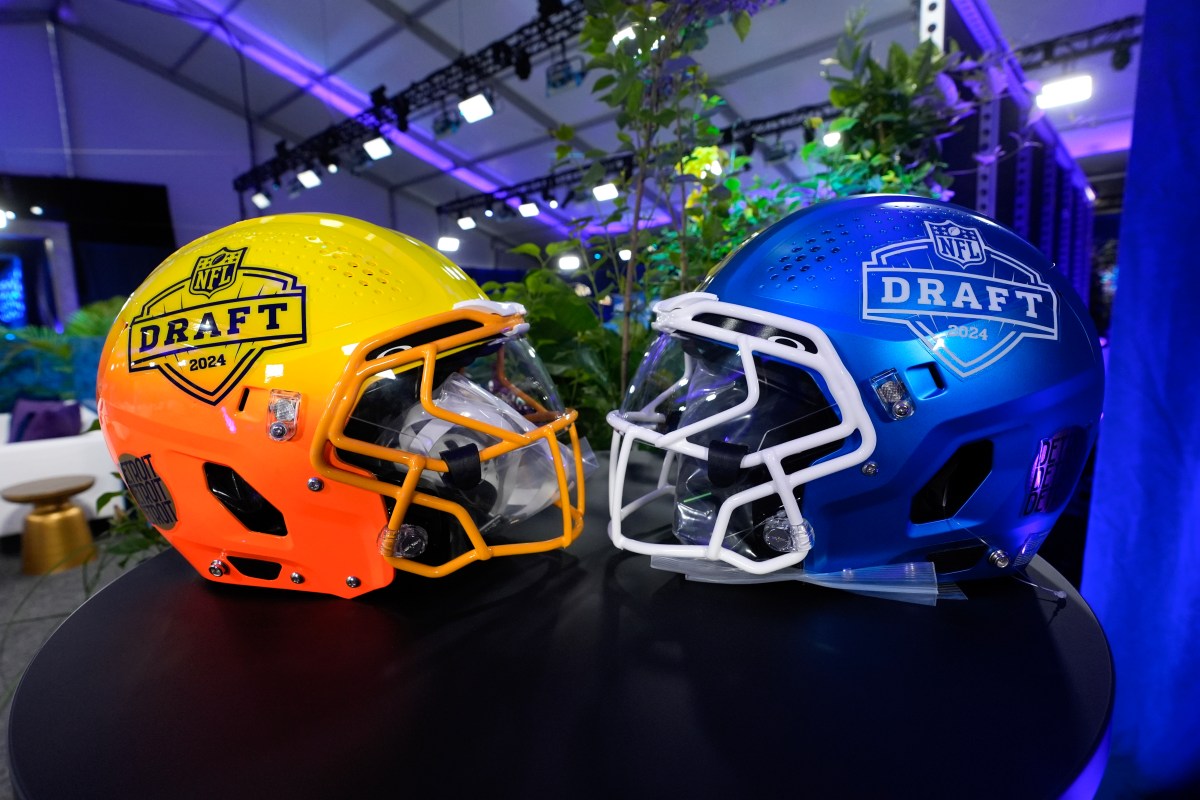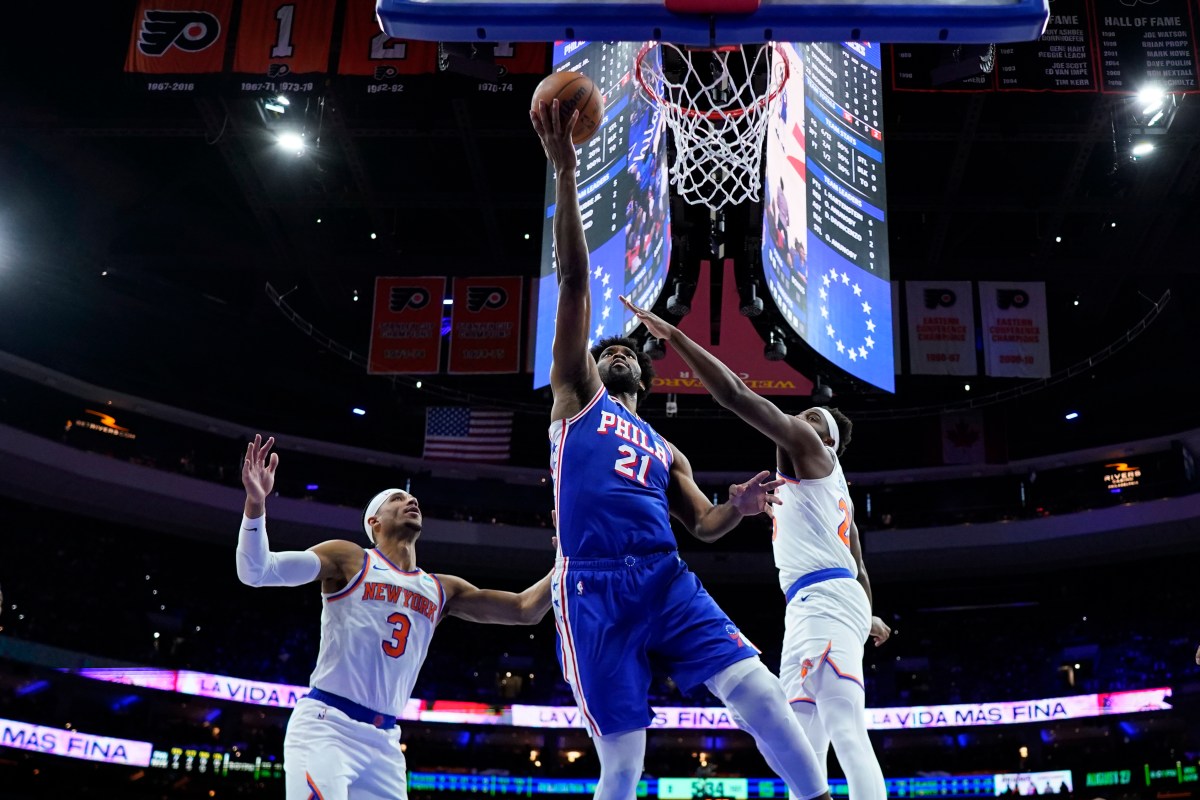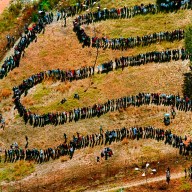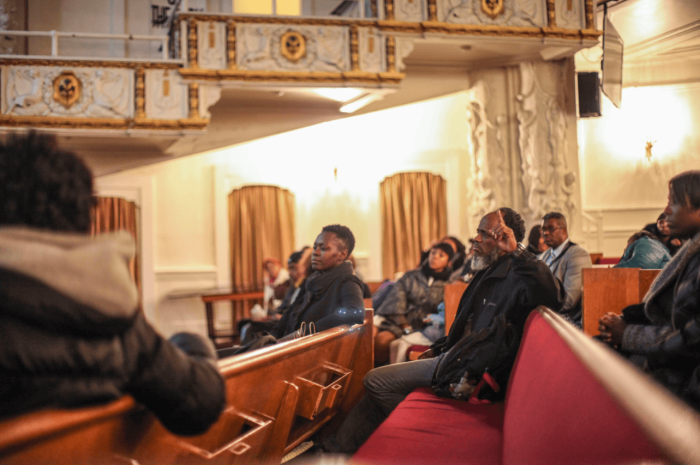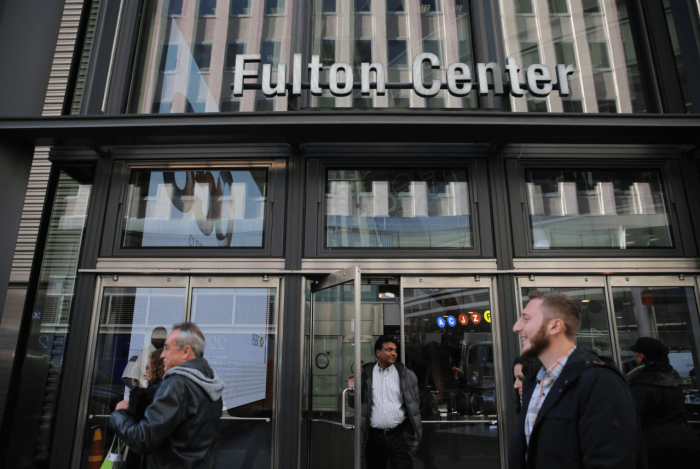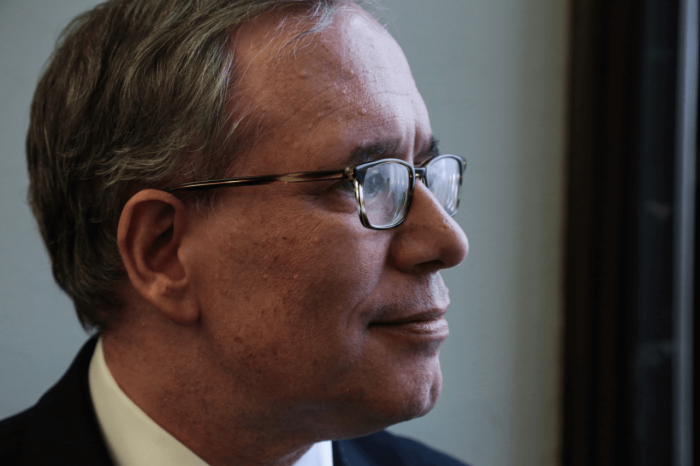The first phase of the Second Avenue subway is about 82 percent complete, on time and under budget, Michael Horodniceanu, president of the MTA Capital Construction Company, optimistically warned reporters on Thursday morning during a construction tour. “I’m not going to kid myself, this is the toughest,” Horodniceanu said, adding all the new systems need to be integrated to the older technology of existing stations.
And, additional phases of the project, which will extend up to 125th Street and create a new line called the T from Harlem down to Hanover Square, are still not funded under the MTA’s Capital Plan, which is $15.2 billion short. The first leg of the project started in 2007, and extends Q train service from 96th Street to 63rd Street.
Three new stations, more spacious without the traditional columns, are being built at 72nd, 86th and 96th Streets.
Once complete, riders can look forward to WiFi in the new stations, and climate control that cools the station to about 10 degrees below the air temperature above ground. Neighbors and businesses will benefit from the low vibration tracks, and high-heel enthusiasts will not have to worry about getting their shoes stuck in grates above ground. The traditional small white tiles of the subway walls are being replaced with large, easy to clean porcelain panels, with station numbers in a new font.
Perhaps most importantly, once the $4.451 billion first phase is complete, about 200,000 riders will be diverted from the overcrowded 4,5 and 6 lines that carry 1.6 million passengers every weekday. “We absolutely have enough money,” Horodniceanu said of completing the first phase of improvements. “The second phase we’re asking for money.”
The second phase will connect 125th to 96th Street and is expected to cost $1.5 billion.
The MTA’s $32 billion Capital Program for 2015-2019 is $15.2 billion short. Many subway riders and transit advocates believe filling the gap will fall on the riders, even after a fare increase in March. Earlier this month, MTA CEO and Chairman Tom Prendergast asked the city to contribute $1 billion to the Second Avenue subway over five years, and additional $1.5 billion for repair and maintenance. Horodniceanu, who has given 55 tours with community members of the project, said neighbors believe the Second Avenue subway will be completed.
“The proof is in the real estate, it’s up about 30 percent,” Horodniceanu said. “I believe a lot of new development will sprout because of this line.”
“I hope so,” said Igor Monastyrsky, who lives on 86th Street and 2nd Avenue, when told the MTA plans to finish the Second Avenue line by the end of 2016. “I’ll believe it when it happens.”




